
Fairy Tern
Sternula nereis
Also known as: Tara-iti


Sternula nereis
Also known as: Tara-iti

The New Zealand Fairy Tern, or Tara-iti, is our country's rarest native breeding bird. This tiny seabird, no bigger than a sparrow, is a delicate beauty with its pale grey and white plumage. With only about 40 individuals left in the wild, spotting one is a truly special experience for any birdwatcher.
1. Breeding adults have a full black cap; non-breeding birds show a mottled black and white head
2. Tiny size compared to other terns, with a slender yellow-orange bill
3. Graceful hovering flight over shallow waters when foraging
Fairy Terns breed from September to January, laying 1-2 well-camouflaged eggs on bare sand. Both parents care for the chicks, which can walk from day one. Their unique foraging technique involves shallow dives into the top layers of water. Introduced predators, human disturbance, and habitat loss pose significant threats to their survival.
Look for Fairy Terns along the northern coastline of the North Island, particularly at four key breeding sites between Whangarei and Auckland. Dawn and dusk are ideal times to spot them foraging in estuaries or just offshore. Focus on sandy beaches and spits where they nest. Listen for their high-pitched, squeaky calls \- a helpful clue to locate these small, easily overlooked birds.
Known as Tara-iti in Māori, the Fairy Tern was once common along New Zealand's coasts. Its dramatic decline mirrors the changes in our coastal environments. Today, it serves as a poigt symbol of conservation efforts, reminding us of the fragility and importance of our unique native wildlife
25 cm
70 g
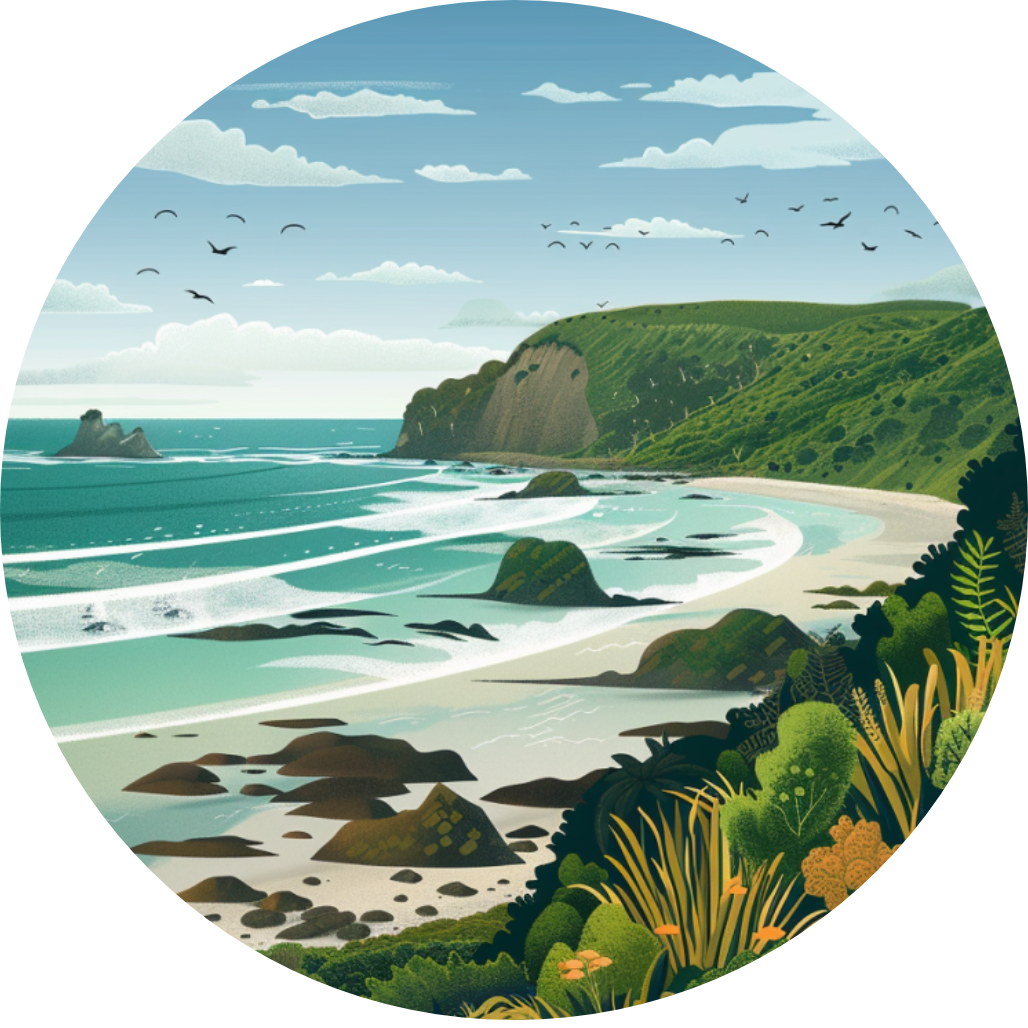
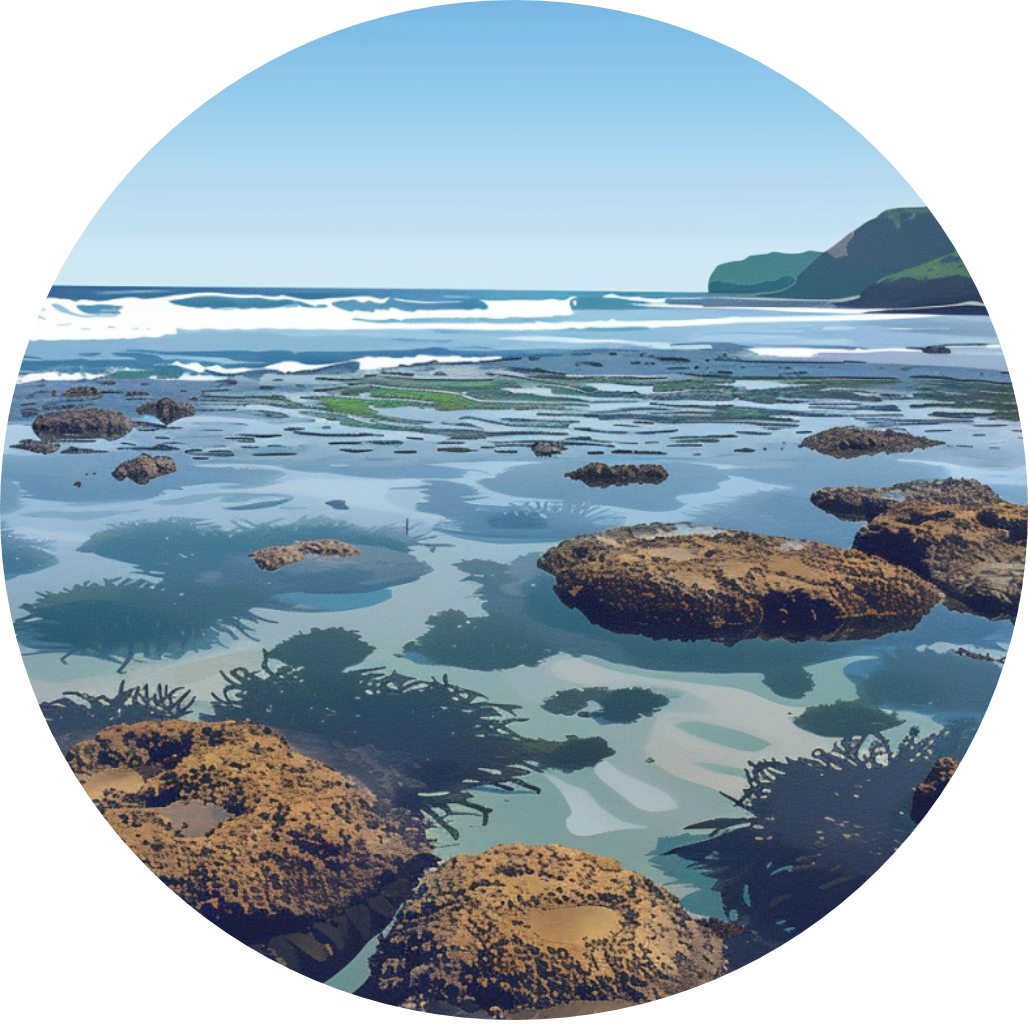
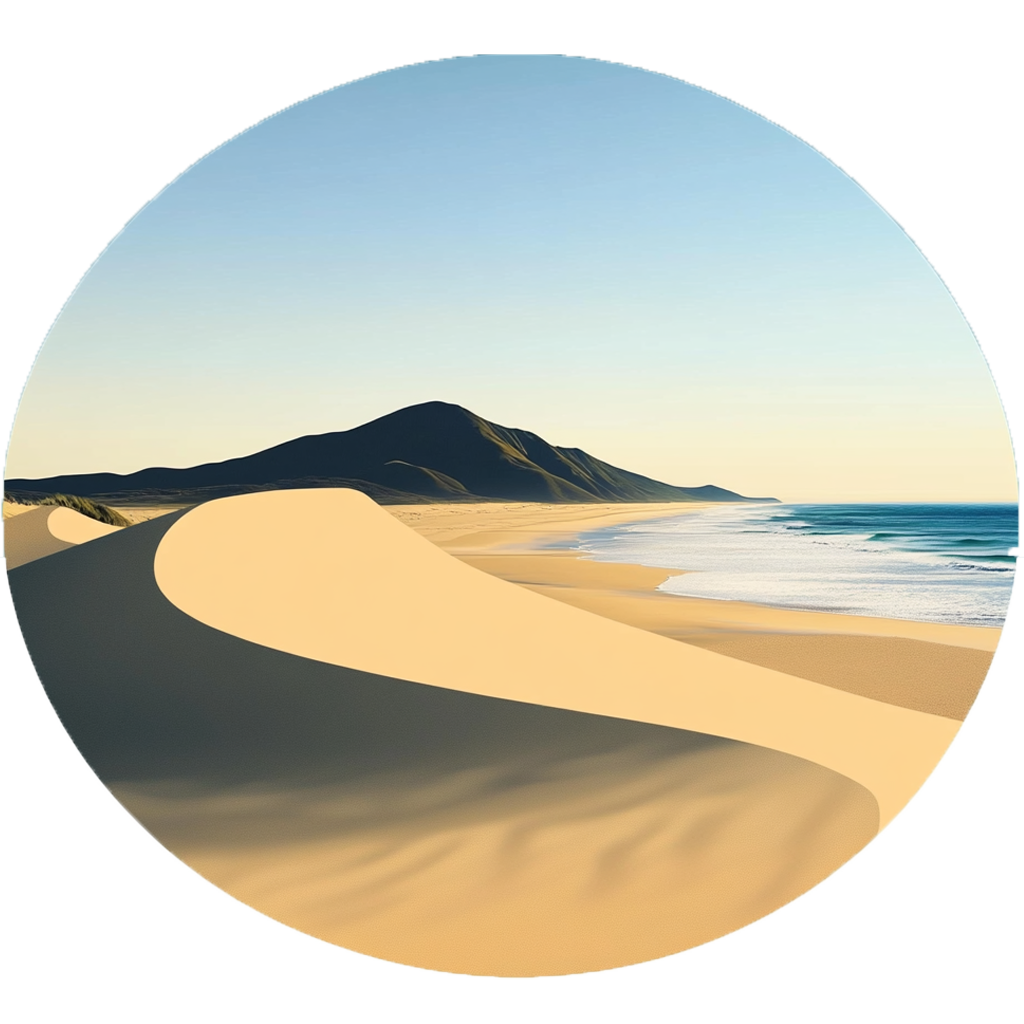
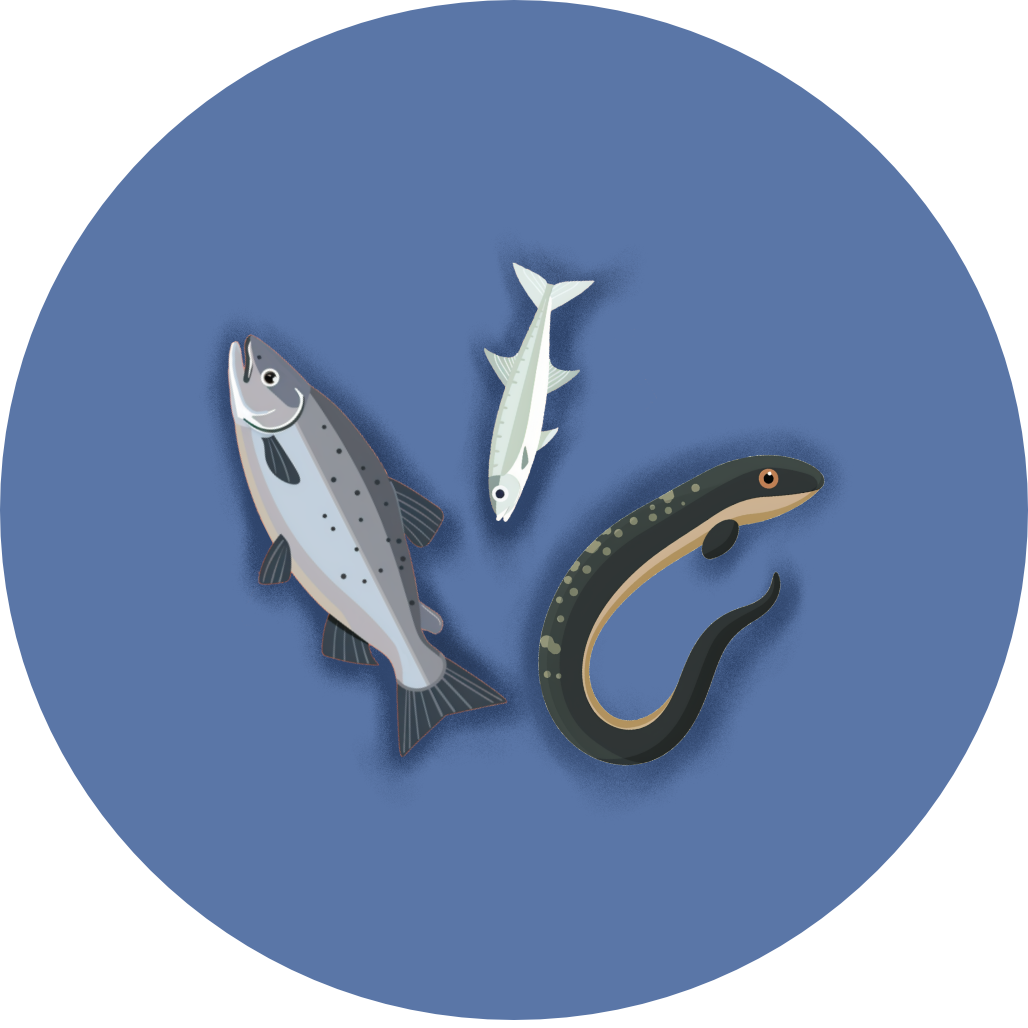
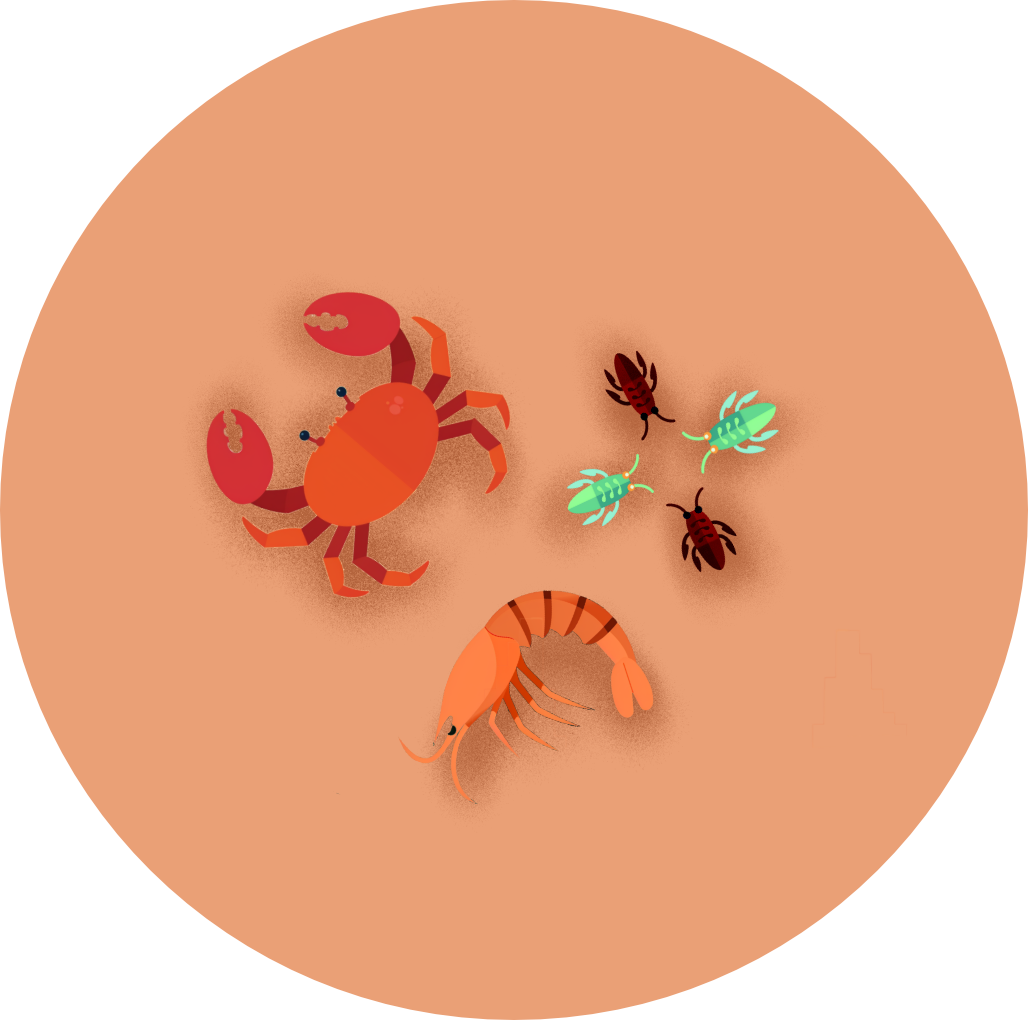
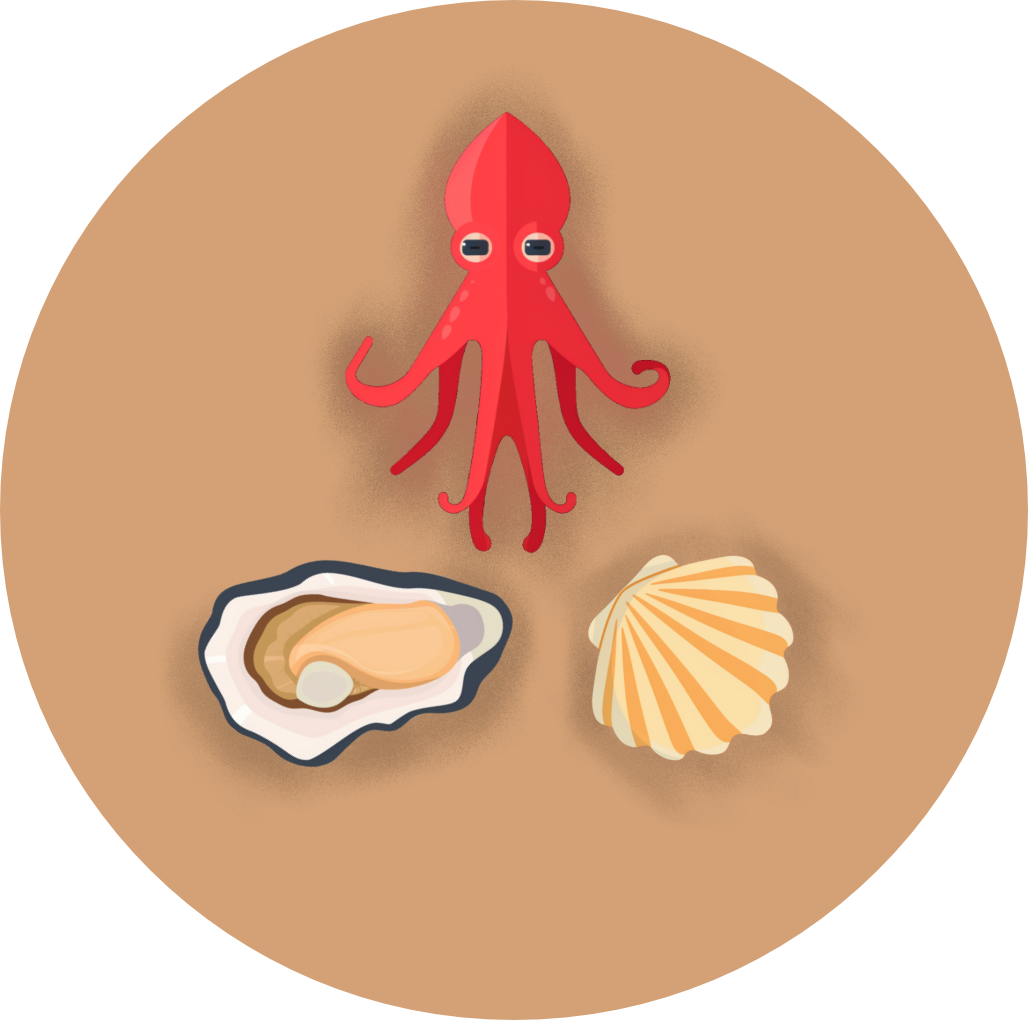
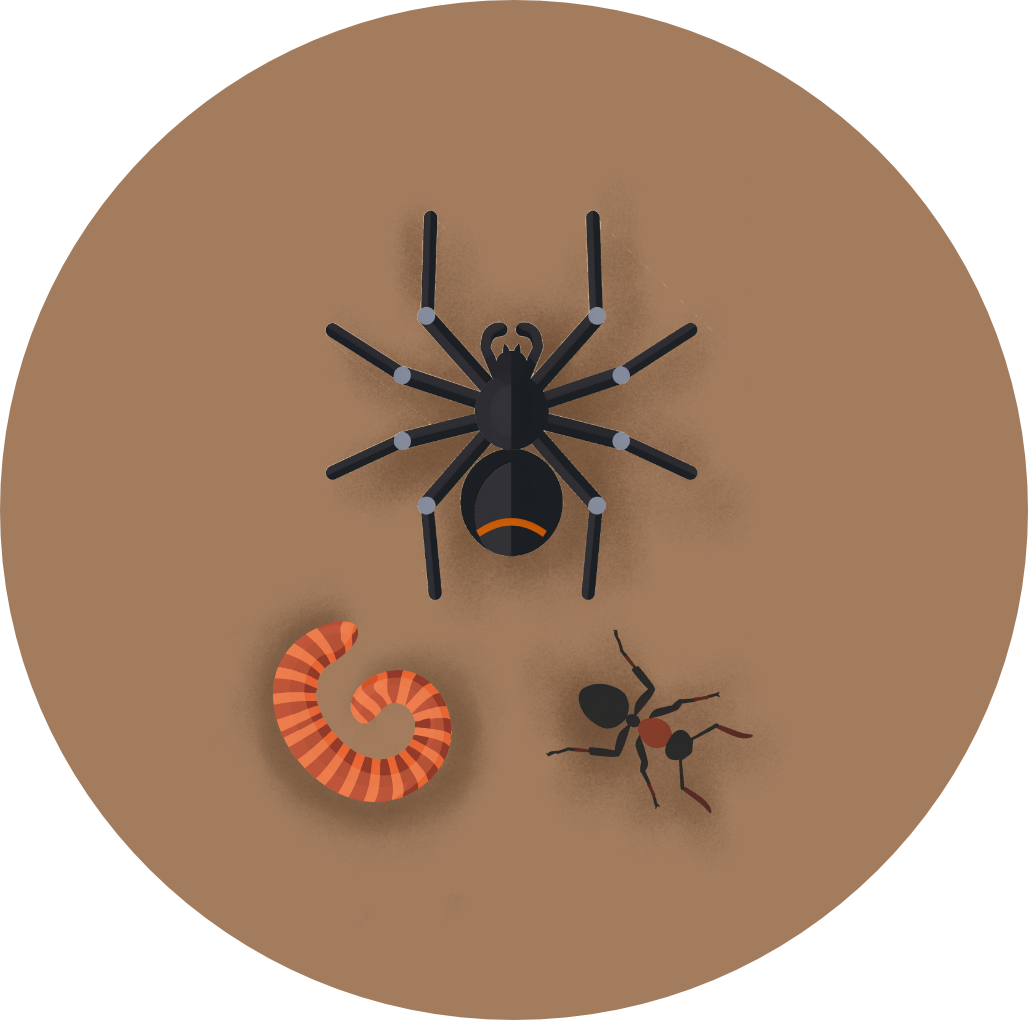
Coming Soon!
Top birding locations will be available in a future update.